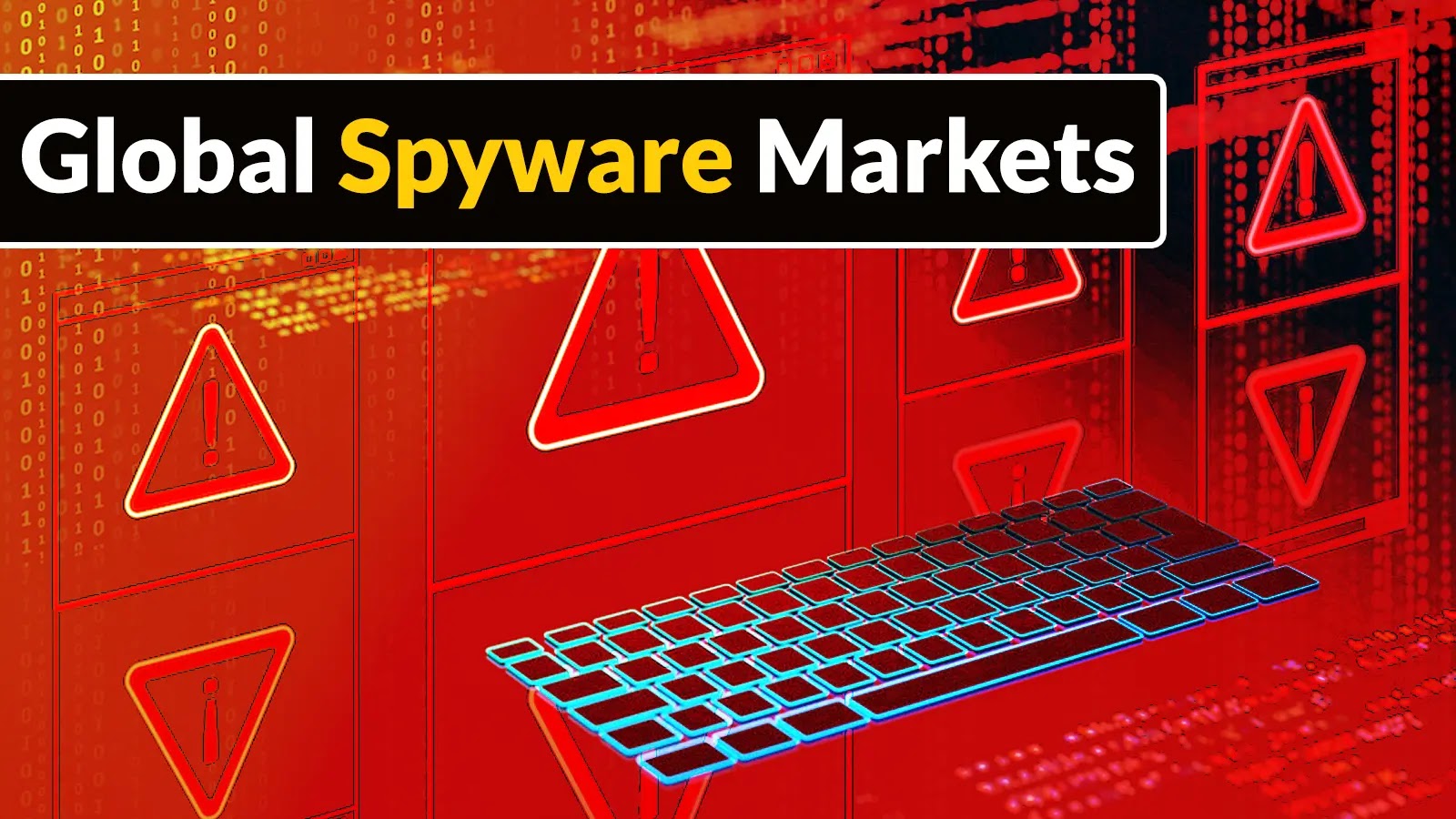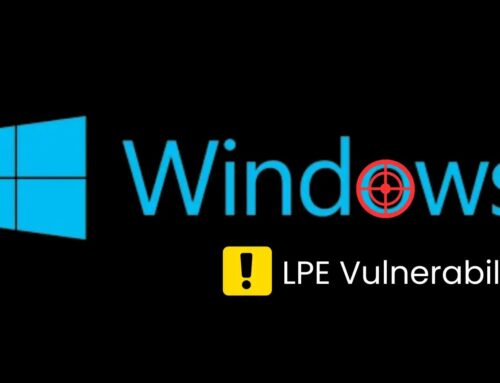
Global Spyware Markets to Identify New Entities Entering The Market
The shadows of surveillance lengthen globally, and the spyware market, a clandestine ecosystem of offensive cyber capabilities, is expanding at an alarming rate. Recent findings paint a stark picture: between 1992 and 2024, an additional 130 entities across 46 countries have joined this burgeoning market. This isn’t just about a few rogue actors; it’s a fundamental reshaping of the global surveillance landscape, with significant implications for privacy, national security, and human rights.
From an initial assessment of 435 documented organizations, the total number of entities involved in spyware development and distribution has surged to 561. This proliferation underscores a critical need for enhanced vigilance and a deeper understanding of this evolving threat. For IT professionals, security analysts, and developers, comprehending the scope and scale of this market is no longer optional; it’s imperative.
The Alarming Expansion of the Global Spyware Market
The statistics are unambiguous. The growth from 435 to 561 entities signifies a substantial increase in the infrastructure and reach of spyware operations. This expansion isn’t confined to a few dominant players but is a decentralized phenomenon, making it incredibly challenging to track and regulate. Each new entity potentially represents a new vector for surveillance, a new set of capabilities, and a new target pool.
The 46 new countries identified as hosts for these entities highlight the truly global nature of this market. This geographic spread means that almost any nation can now acquire sophisticated surveillance tools, regardless of their native technological development. This democratization of offensive cyber tools presents a complex geopolitical challenge, as it can be used by both state and non-state actors for a variety of purposes, many of which are less than benign.
Understanding the Ecosystem: Who are These New Entities?
While the full report details the identities of these new entrants, understanding their general characteristics is vital. These entities can range from well-funded commercial spyware vendors to smaller, specialized firms, and even quasi-state actors operating under commercial guises. Their motivations vary, but the underlying product remains the same: tools designed to surreptitiously access and exfiltrate data from targeted devices.
The integration of these new players fundamentally alters the competitive landscape. Increased competition could lead to more sophisticated, cheaper, and more readily available spyware. It also means a greater diversity in attack vectors and evasion techniques, posing a continuous challenge to defensive cybersecurity measures. The methodologies employed by these entities often leverage zero-day exploits, making them particularly dangerous. For example, recent revelations about exploited vulnerabilities like CVE-2023-41990 and CVE-2023-41992 in popular operating systems showcase the constant arms race between attackers and defenders.
The Impact on Cybersecurity and Privacy
The implications of this burgeoning market are profound. For individuals, robust privacy is increasingly under threat. For enterprises and government organizations, the risk of data breaches, intellectual property theft, and espionage escalates. The tools developed by these entities often target critical infrastructure, sensitive government communications, and corporate secrets, leading to potentially catastrophic consequences.
- Increased Surveillance Capabilities: Governments and private entities gain access to more sophisticated tools for monitoring citizens, employees, and rivals.
- Democratization of Offensive Cyber: Advanced surveillance tools become accessible to a wider range of actors, including those with questionable ethical standards.
- Heightened Risk of Zero-Day Exploits: The incentive for these entities to discover and weaponize previously unknown vulnerabilities pushes the boundaries of offensive research.
- Erosion of Trust: Widespread spyware use erodes public trust in digital platforms and government institutions.
- National Security Concerns: Foreign adversaries or non-state groups could leverage these tools to gain strategic advantages.
Remediation Actions and Defensive Strategies
Mitigating the risks posed by this expanding spyware market requires a multi-layered approach, combining robust technical controls with continuous awareness and intelligence gathering.
- Patch Management: Implement rigorous and consistent patch management practices for all operating systems, applications, and network devices. Many spyware tools exploit known vulnerabilities that have available patches.
- Endpoint Detection and Response (EDR): Deploy advanced EDR solutions capable of detecting anomalous behavior and potential spyware infections on endpoints.
- Network Traffic Analysis (NTA): Utilize NTA tools to monitor network traffic for suspicious egress points, C2 communications, and data exfiltration patterns indicative of spyware.
- Security Awareness Training: Educate users about phishing, social engineering, and the dangers of clicking on unsolicited links or opening suspicious attachments, which are common initial infection vectors.
- Mobile Device Management (MDM): For organizations, implement MDM solutions to enforce security policies, manage app installations, and monitor the security posture of mobile devices.
- Threat Intelligence Sharing: Actively participate in threat intelligence sharing communities to stay abreast of new spyware variants, IOCs, and attack methods.
- Least Privilege Principle: Implement the principle of least privilege for all users and systems to minimize the potential impact of a successful compromise.
- Regular Security Audits: Conduct frequent security audits and penetration testing to identify and address potential weaknesses in your defensive posture.
Tools for Detection and Mitigation
Leveraging the right tools is crucial in the fight against spyware. Below is a table of essential tools and their purposes:
| Tool Name | Purpose | Link |
|---|---|---|
| Cisco Secure Endpoint | Advanced endpoint protection, EDR capabilities | https://www.cisco.com/c/en/us/products/security/endpoint-security/index.html |
| Palo Alto Networks Cortex XDR | Integrated EDR, network, and cloud security | https://www.paloaltonetworks.com/cortex/cortex-xdr |
| Wireshark | Network protocol analyzer for traffic inspection | https://www.wireshark.org/ |
| Snort | Intrusion detection/prevention system | https://www.snort.org/ |
| MITRE ATT&CK Framework | Knowledge base of adversary tactics and techniques | https://attack.mitre.org/ |
| MVT (Mobile Verification Toolkit) | Open-source tool for mobile forensic analysis | https://docs.mvt.punyc0de.com/ |
Looking Ahead: The Persistent Threat
The continued growth of the global spyware market underscores a persistent and evolving threat landscape. The addition of hundreds of new entities and dozens of countries into this shadowy domain demands constant vigilance, proactive defense strategies, and international cooperation. For cybersecurity professionals, staying informed about these developments is not merely an academic exercise; it’s essential for protecting organizations, preserving privacy, and upholding digital security. The battle against sophisticated surveillance is ongoing, and awareness is the first line of defense.





